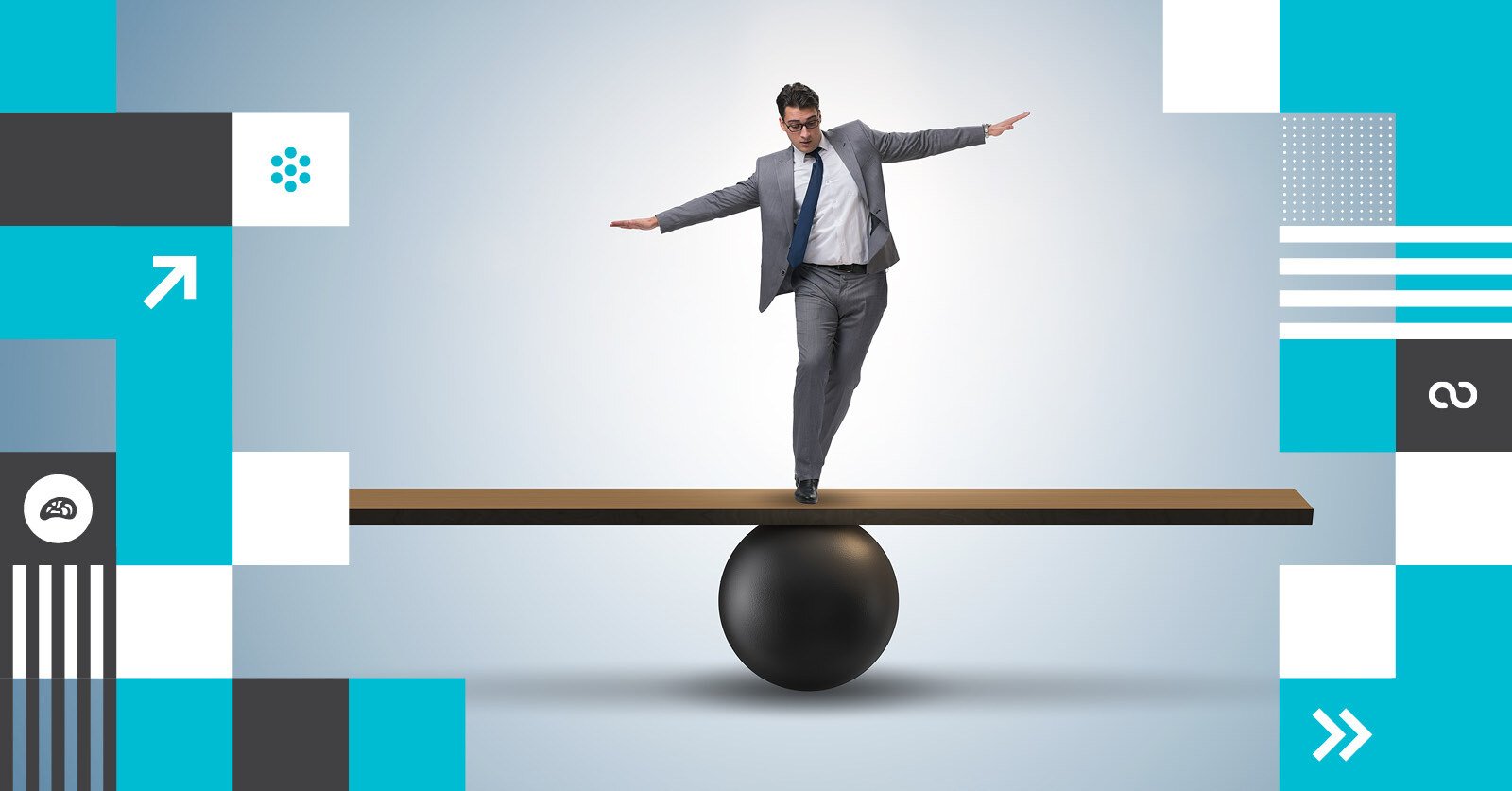To Plan or Not To Plan
Attribute: Spontaneous

The Benefits of Planning vs. Going With the Flow
To Plan or Not to Plan: Finding Balance Between Structure and Spontaneity
In the fast-evolving pace of modern life, people often fall into two distinct camps: those who prefer structured planning and those who thrive on spontaneity. This article examines the contrasting styles of being analytical and going with the flow. Both approaches offer valuable benefits, depending on the context. While planners emphasize strategic preparation and careful decision-making, spontaneous individuals rely on flexibility and instinct. Understanding and balancing these two approaches allows you to maximize your potential and effectively adapt to diverse situations.
- Efficiency and Error Reduction:
Planning helps ensure tasks are organized and thought out in advance, leading to fewer mistakes and smoother execution. - Risk Management:
Analytical methods provide a structured way to assess risks and make informed decisions, minimizing potential negative outcomes. - Predictability and Control:
Planners can anticipate potential challenges, allowing them to feel more in control of their environment and outcomes.
The Benefits of Going With the Flow:
- Adaptability and Creativity:
Spontaneous approaches allow you to respond to changing circumstances quickly and creatively. - Embracing Uncertainty:
In situations of uncertainty, spontaneous people excel. They are comfortable with change and thrive in unpredictable environments. - Reduced Stress from Overthinking:
While planners may become overwhelmed by details, go-with-the-flow types tend to experience less anxiety by embracing a more relaxed and flexible approach.
Keep reading ↓
Keep reading ↓
Newsletter
Assess Your Preference
Consider these questions:
- Do you tend to plan out tasks in advance or do youI prefer to figure things out as you go?
- How do you handle unexpected changes in your day? Do you feel anxious or excited by the challenge?
- Do you feel more in control when you have a detailed plan, or do you feel restricted by too much structure?
- Can you recognize situations where your approach, whether planning or spontaneity, might limit your effectiveness?
These questions help you assess whether you lean more towards planning or spontaneity and whether your approach enhances or limits your effectiveness in different situations.
Keep reading ↓
Balancing Both Approaches
- Assess the Situation
Not every scenario requires the same approach. Before jumping into planning or going with the flow, assess the nature of the task. For projects with complex, multi-step processes or high stakes, planning may be essential. For tasks that require quick decision-making or adaptability, spontaneity might be your best tool. - Combine Planning with Flexibility
Even within a structured plan, there should be room for adjustment. After outlining your tasks, allow for flexibility in how you achieve each step. Set your goals, but remain open to adapting your process if new opportunities or challenges arise - Use Spontaneity to Spark Innovation
While planning brings order, spontaneity can lead to unexpected breakthroughs. When working on creative or open-ended projects, embrace spontaneous ideas and opportunities.
Finding a balance between planning and spontaneity can elevate your personal and professional success. Planning offers security and precision, while spontaneity brings creativity and adaptability. The most effective approach often lies in knowing when to plan carefully and when to trust your intuition.

Explore the Items
Read each article!
Supporting content
Intuition Articles
Check out the latest blogs to learn more about this topic!

A Neuroleader Understands What People Need To Thrive

Increase Agility by Keeping a Dream Journal

Afraid Of Change? How To Maintain An Agile and Mindful Workforce
Bibliography
This article has been inspired by the following sources:
- Gawande, A. (2009). The Checklist Manifesto: How to Get Things Right. Metropolitan Books.
- Gladwell, M. (2005). Blink: The Power of Thinking Without Thinking. Little, Brown and Company.
- Duhigg, C. (2016). Smarter Faster Better: The Secrets of Being Productive in Life and Business. Random House.
- Johnson, S. (1998). Who Moved My Cheese?: An A-Mazing Way to Deal with Change in Your Work and in Your Life. Putnam.
- The Guardian. (2022). ‘Don’t plan it, just go!’: How to be spontaneous – and grab some unexpected fun. The Guardian. https://www.theguardian.com/lifeandstyle/2022/jan/11/dont-plan-it-just-go-how-to-be-spontaneous-and-grab-some-unexpected-fun

